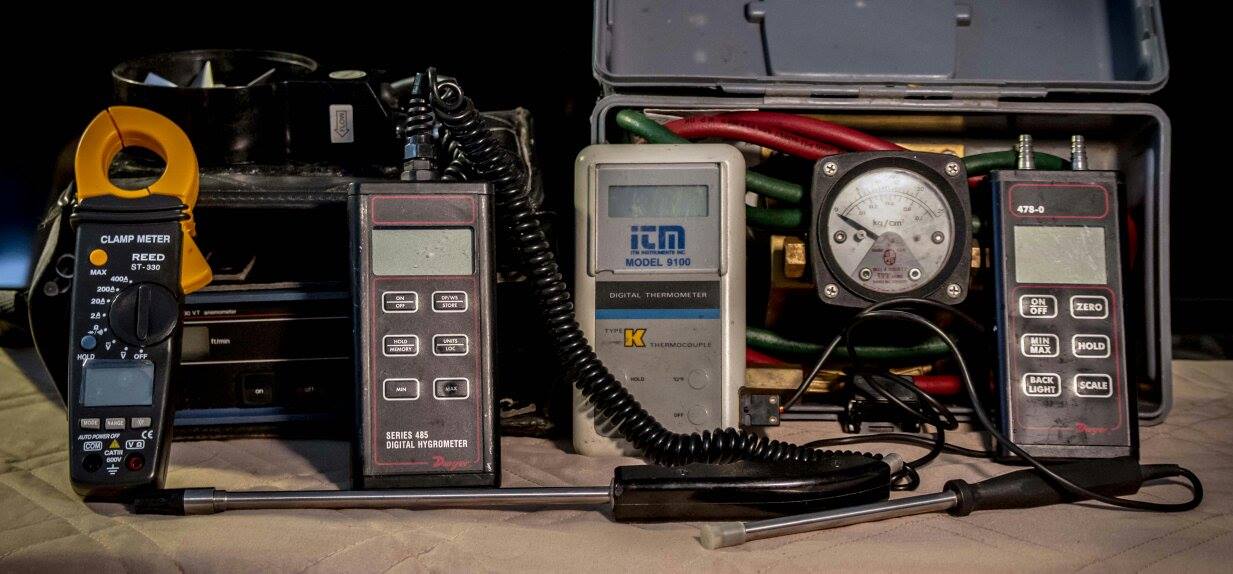What is Cooling, How is cooling done, What is cooling theory

What is cooling, how is cooling done and what is cooling theory will explain cooling and help you to understand cooling principles and cooling solutions.
The term "cold" describes the feeling a person has when you do not feel warm enough. Heat is a form of energy produced by molecular motion or agitation. The more agitation there is, the more heat is produced. A person begins to feel "cold" when the temperature of the air around him falls to 70F or below.
In cooling as in heating, heat is transferred from a substance of higher temperature to another substance of lower temperature. In cooling, the heat travels from the body, which is warmer, to the air which is colder.
There are a number of terms used in a discussion of cooling solution which we use in measuring changes in the state or temperature of air, water or other materials.
One method is by measuring in degrees on a F scale of temperature. Another is in calories of heat or in British thermal units called BTUs. One BTU may be defined as the amount of heat required to raise the temperature of one pound water one degree F. There are 252 calories of heat in one BTU. Really that is more info than you need.
Explain Cooling Theory
Sensible heat changes the temperature of a substance without changing it's form. Ordinary heating or cooling of air is an example of sensible heat. Such temperature changes are measured in degrees on a thermometer. This is known as Dry Bulb temperature.
Latent heat changes the form of a substance without changing it's temperature. An example is the cooling which causes water vapor in the air at 75F to condense into the form liquid water at 75F. Another example of latent heat is the cooling required to change liquid water at 32F into ice at 32F. Cooling the liquid water from 75F down to 32F requires the removal of sensible heat not latent heat.
Much more heat must be removed to change water vapor into liquid water or liquid water into ice than to merely change it's temperature. For example 144 BTUs must be removed from 1 lb of liquid water at 32F into ice at 32F.
In designing a heating system we are concerned only with sensible heat. In a cooling solution both sensible and latent heat must be considered in calculating the load that will be put on the air conditioning equipment and therefore the size of the unit needed.
This is because a comfort cooling system must not only cool air but it also must remove moisture from it to reduce the relative humidity to a comfortable level. This process of removing moisture from air is one of changing the state of water from gas to a liquid. Therefore a greater number of BTUs will be used in this process than would be in just changing the temperature of the air. I hope this page will explain cooling in buildings.
Return to Professional Air Balance
Hard copy and E book for sale. Introduction to Building Mechanical Systems. Click here.